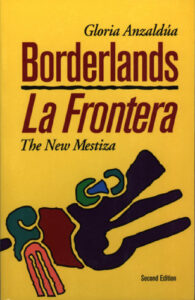Share
Les fils du hasard it is a theatrical play which represents one of the most important and often so neglected and forgotten part of the European and Belgian history: le charbonnage, the coal mining. Les fils du hasard, in particular focus on the Italian immigration to Belgium due to the coal mining massive recruitment.
Historical contextualisation
With the advent of reconstruction, after the end of the 2 WW, Belgium economy lived a period of expansion and growth, thanks, especially, to the strong demand of coal, resource of which the south of the country was particularly reach. This sector had to face a lack of work offer, due to the difficult and tedious work conditions. In order to deal with this problem, Belgium government ratified different bilateral agreement with other European countries in the purpose to increase immigration and work force in the mining sector. With this aim, on the 23rd of June 1946, Italy and Belgium signed the “Protocol Italy-Belgium”, also known as “agreement coal for men”, according to which Italy engaged to send to Belgium 50 000 workers in exchange of coal.
The play
The play enacts the history of 4 miner workers and their travel from Italy to a mine in Liege. Playing with time, actors perform the travel of this people, their emotions, the difficulties they had to go through, the discrimination they have suffered, but also the good moments.
Personal comment
Salvatore, Luigi, Benito, Mario, Italo, Filippo, Antonio, just names somebody can think. It’s true, there are just names, like others, names that don’t mean something in particular, even if they shouldn’t. These names represent one of the darkest pages of the recent European history.
The theatrical piece play with times and emotions, spectators are enraptured in this continuous mix of flashback, flashforwards, narration and enacting. As explained from the artistic director, the play has been written on stories and testimonies of ancient miners, which give to it a great authenticity. Impressive is the linguistic work done by actors in order to imitate different Italian accents and dialects, the whole is enriched by regional songs.
The play represents one of the darkest pages of the recent European history, but not only. The events recounted date back to the ’40, ’50 and ’60, the piece it, unfortunately, topical. The equipe managed to make the representation universal, pushing spectators to reflect on what is happening nowadays.
“Ma quelli che lavorano nella mina sono mostri o uomini?” But those who work in the mine are monster or human? This is one of the recurring questions during the play. Miners weren’t monsters, neither are nowadays migrants.


